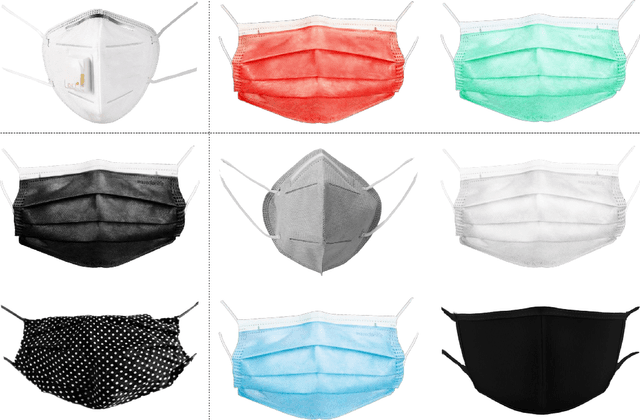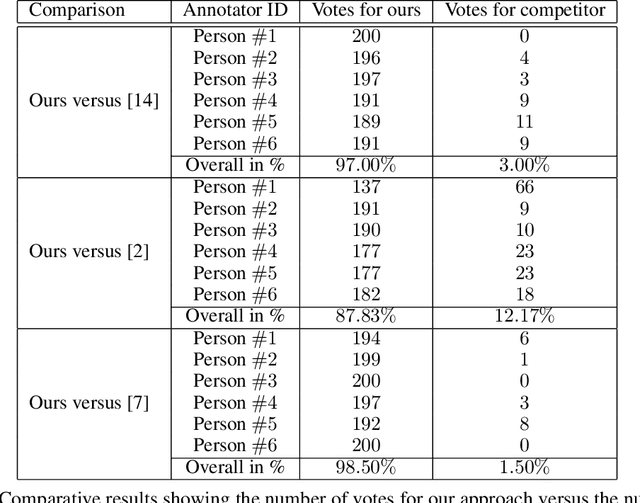Georgian Duta
Teacher-Student Training and Triplet Loss to Reduce the Effect of Drastic Face Occlusion
Nov 20, 2021



Abstract:We study a series of recognition tasks in two realistic scenarios requiring the analysis of faces under strong occlusion. On the one hand, we aim to recognize facial expressions of people wearing Virtual Reality (VR) headsets. On the other hand, we aim to estimate the age and identify the gender of people wearing surgical masks. For all these tasks, the common ground is that half of the face is occluded. In this challenging setting, we show that convolutional neural networks (CNNs) trained on fully-visible faces exhibit very low performance levels. While fine-tuning the deep learning models on occluded faces is extremely useful, we show that additional performance gains can be obtained by distilling knowledge from models trained on fully-visible faces. To this end, we study two knowledge distillation methods, one based on teacher-student training and one based on triplet loss. Our main contribution consists in a novel approach for knowledge distillation based on triplet loss, which generalizes across models and tasks. Furthermore, we consider combining distilled models learned through conventional teacher-student training or through our novel teacher-student training based on triplet loss. We provide empirical evidence showing that, in most cases, both individual and combined knowledge distillation methods bring statistically significant performance improvements. We conduct experiments with three different neural models (VGG-f, VGG-face, ResNet-50) on various tasks (facial expression recognition, gender recognition, age estimation), showing consistent improvements regardless of the model or task.
A realistic approach to generate masked faces applied on two novel masked face recognition data sets
Sep 03, 2021



Abstract:The COVID-19 pandemic raises the problem of adapting face recognition systems to the new reality, where people may wear surgical masks to cover their noses and mouths. Traditional data sets (e.g., CelebA, CASIA-WebFace) used for training these systems were released before the pandemic, so they now seem unsuited due to the lack of examples of people wearing masks. We propose a method for enhancing data sets containing faces without masks by creating synthetic masks and overlaying them on faces in the original images. Our method relies on Spark AR Studio, a developer program made by Facebook that is used to create Instagram face filters. In our approach, we use 9 masks of different colors, shapes and fabrics. We employ our method to generate a number of 445,446 (90%) samples of masks for the CASIA-WebFace data set and 196,254 (96.8%) masks for the CelebA data set, releasing the mask images at https://github.com/securifai/masked_faces. We show that our method produces significantly more realistic training examples of masks overlaid on faces by asking volunteers to qualitatively compare it to other methods or data sets designed for the same task. We also demonstrate the usefulness of our method by evaluating state-of-the-art face recognition systems (FaceNet, VGG-face, ArcFace) trained on the enhanced data sets and showing that they outperform equivalent systems trained on the original data sets (containing faces without masks), when the test benchmark contains masked faces.
 Add to Chrome
Add to Chrome Add to Firefox
Add to Firefox Add to Edge
Add to Edge